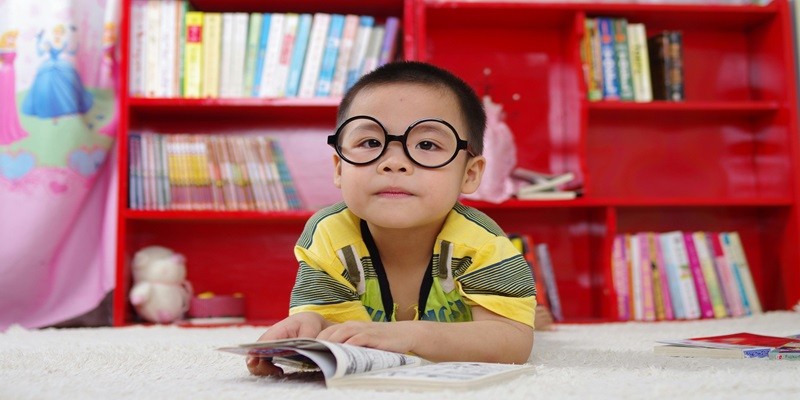Last Updated on January 15, 2025
Moving to a new home can be an exciting but overwhelming experience, especially for children. Leaving behind familiar surroundings and adjusting to a new environment can be challenging for young ones. As parents, it’s important to understand the impact a move can have on our children and to support them through this transition. In this blog post, we will discuss some helpful tips and strategies to ease moving to a new home for kids, ensuring a smooth and positive transition for the whole family.
Understanding the impact of change on children
Children often view their surroundings as an extension of their identity and security. When faced with the prospect of moving, they may experience various emotions, from excitement to deep anxiety or sadness. Recognizing these feelings as valid responses to losing what’s familiar – their room, friends, and even their routine is crucial. Younger children might not fully grasp the concept of moving, leading to confusion and fear of the unknown. Adolescents, while more capable of understanding the situation, may resist the change due to the significant social implications it holds for them.
Keeping communication open and honest
One of the most powerful tools parents have during a move is maintaining open lines of communication with their children. Talk to your kids about the move as soon as possible, using age-appropriate language to explain the reasons behind it and what the process will involve. Encourage them to express their feelings and concerns, and validate them by acknowledging their emotions. Ask questions to understand their perspectives better and involve them in discussions about the new home, such as choosing a new room or how they’d like to decorate it. This approach fosters trust and reassures children that their opinions and feelings matter.
Involving kids in the moving process
Involving kids in the moving process can transform the experience from uncertainty to adventure and participation. Allow your children to be a part of packing, perhaps by giving them a small box or two to pack their favorite toys and personal items. This gives them a sense of control and involvement. They can help label boxes or decide how to organize their new space if it is old enough. Plan a ‘goodbye tour’ of the old house or neighborhood, taking pictures or creating a scrapbook as a keepsake. When looking at the new home, share photos or visit the house together, discussing what each family member is excited about in the new environment. You can also assign them specific, manageable tasks during moving day, such as carrying personal items or being in charge of a pet. Such activities can help shift their focus from what they’re leaving behind to the new memories they’ll be creating, making them active participants in the journey rather than just observers.
Establishing a sense of normalcy and routine
Once settled into the new home, prioritize re-establishing a routine as swiftly as possible. Familiar routines bring children a comforting sense of stability and security amidst the moving chaos. Begin by reinstating regular meal times, bedtimes, and other daily rituals your family follows. It can also be helpful to quickly set up spaces in the new home that are significant to your child’s routine, such as their bedroom or play area. This not only aids in making the new environment feel familiar but also helps children adjust psychologically and emotionally to their new surroundings.
Finding new friends and activities
Encouraging children to find new friends and engage in activities can help them feel more connected in a new environment. Explore local clubs, sports teams, or groups that align with your child’s interests, allowing them to meet peers with similar hobbies. Attend community events, playground visits, and other social gatherings as a family to further integrate into the community. Schools also play a crucial role, so engage with your child’s teachers about how they can support your child in making new friends. Remember, each child’s pace in adjusting and making new connections will differ; support and patience are key.
Creating a comforting and familiar environment
Creating a comforting and familiar environment in your new home plays a pivotal role in easing the transition for children. To achieve this, consider incorporating elements from your previous home that your children cherished. This could be as simple as setting up their room first with familiar bedding, toys, and decorations. An innovative approach to bringing a sense of the old home into the new is using a scent plug-in replicating a familiar fragrance, whether from a previous nursery or a shared family area. Scents have a powerful connection to memory and can help make a new space feel more inviting and less foreign.
Additionally, displaying family photos and keepsakes around the house can reinforce a sense of continuity and belonging. Allow your child to choose a special place for their favorite items, giving them an active role in personalizing the new home. This strategy not only assists in creating a comforting and familiar environment but also affirms that the new home is a place where their memories and experiences are valued and remembered. By thoughtfully curating your new space with these comforting touches, you can help your children adjust more quickly and positively to their new surroundings.
Moving to a new home is a significant life event for everyone involved, especially for children. Every child’s experience will be unique, but they can thrive in their new home with patience, support, and love. Remember, the goal is to make this transition bearable and an opportunity for growth and new adventures as a family.

